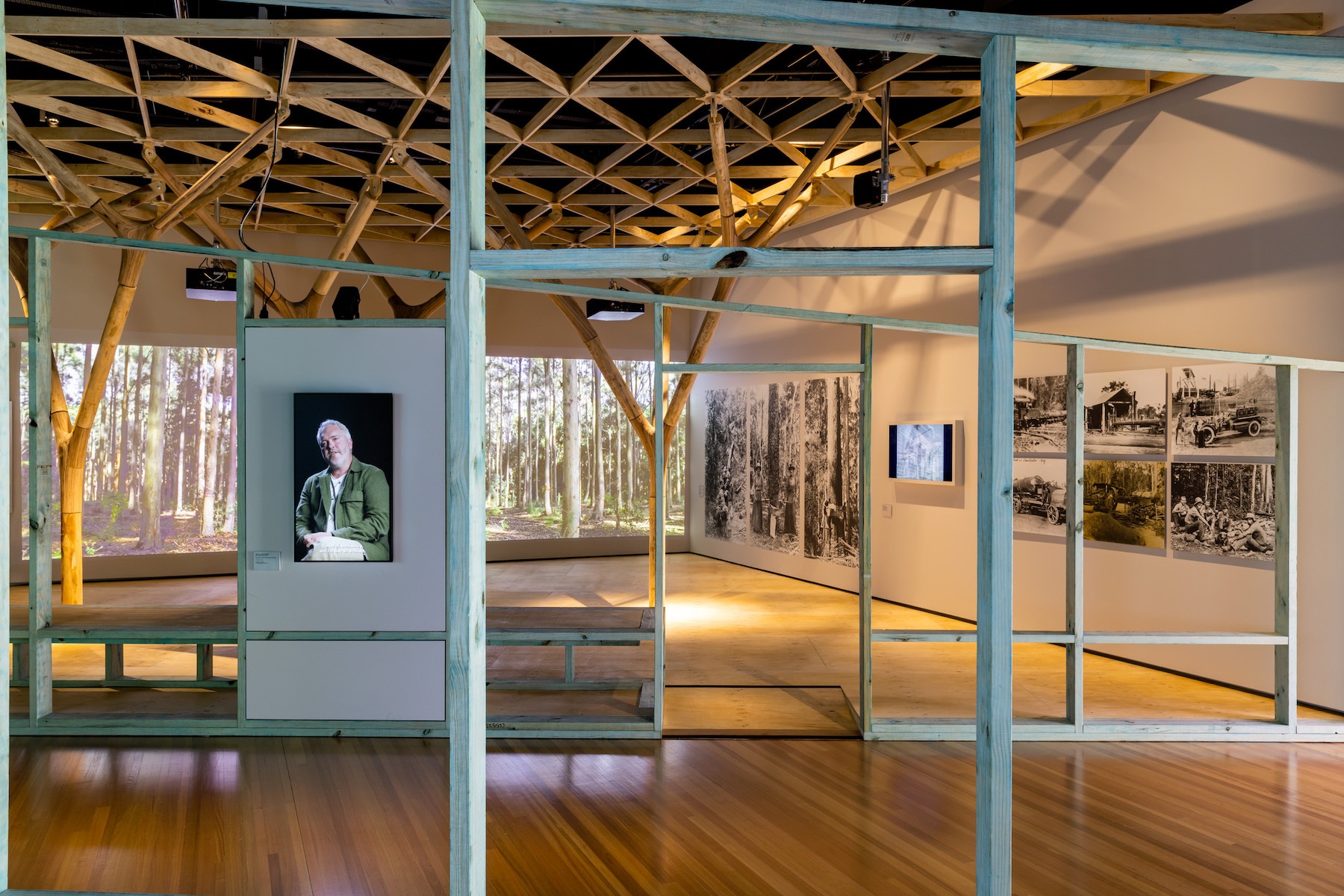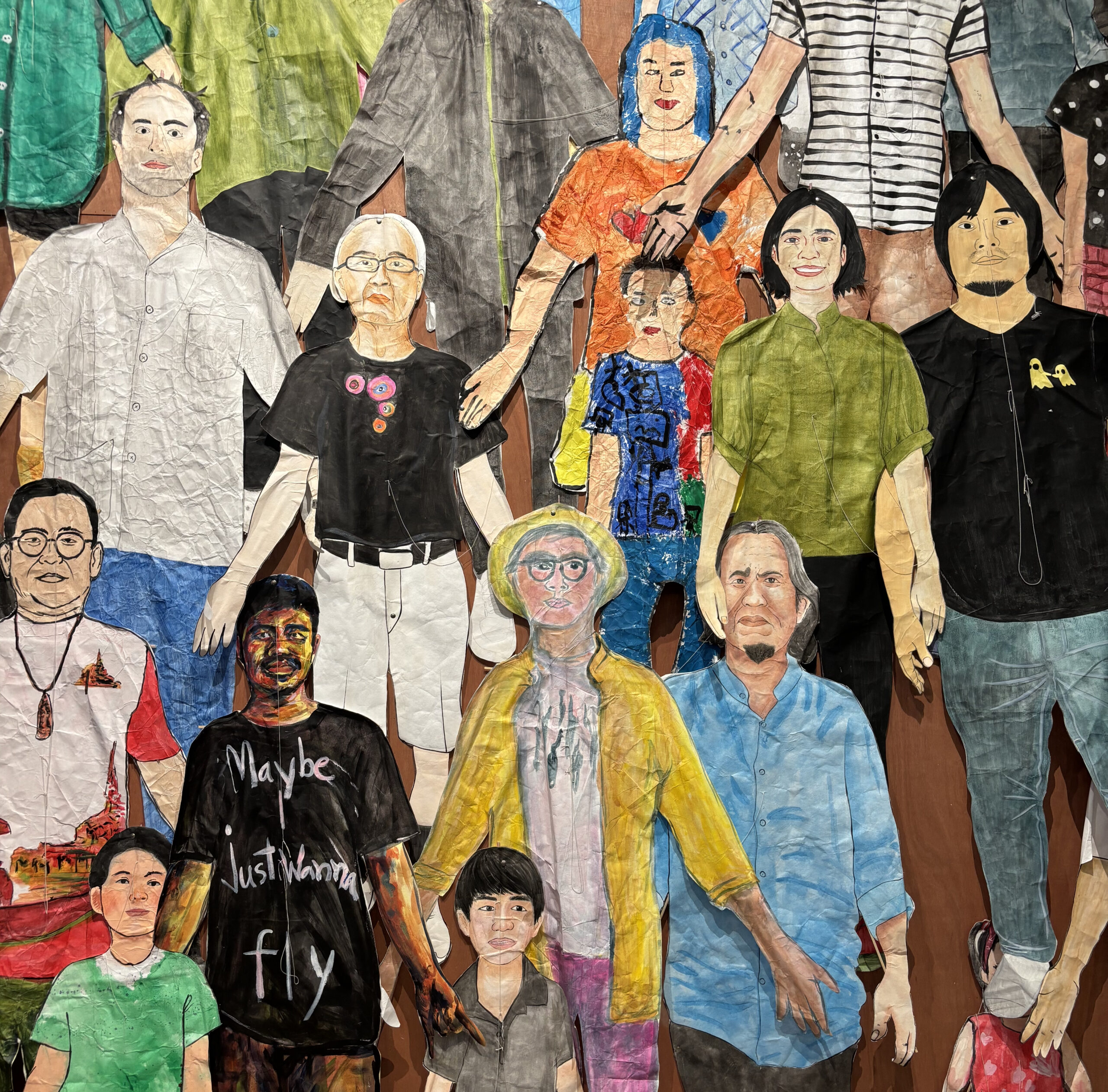There was a time when artists and architects were almost inseparable. For hundreds of years the two fields were closely intertwined: we might consider, for instance, Filippo Brunelleschi’s pioneering role in the development of linear perspective during the Renaissance, or perhaps the great art-architecture alliances of the 20th century avant-garde: Le Corbusier and the Purists, Gropius and the Bauhaus, Sant’Elia and the Futurists. In all of these instances, artists understood their practice as participating, in a material and often utilitarian way, in the construction of a new society. Their art was not made for the gallery, nor confined to the realm of ideas, but rather involved itself in the interdisciplinary project of totalising political and social reconstruction (the ‘aesthetic reorganisation of society,’ as Boris Groys famously said of the Soviets). I would suggest that this ambitious vision for the role of the artist was at least partially conditioned by their close involvement with the field of architecture. As artists and architects have become estranged, however, so have most artists gradually abandoned these more radical proclivities. The same cannot be said for architects.
The State Library of Queensland’s current exhibition, Purpose Built: Architecture for a Better Tomorrow, is a testament to the social vision for architecture—the notion that architecture can materially contribute to the construction of a new and better society. The exhibition was developed in collaboration with a team of researchers and students from the University of Queensland’s School of Architecture. Their work explores and tests new design methods that respond to the social, environmental, and economic challenges of today (and tomorrow). Throughout the exhibition, the audience is exposed to the vanguard of architectural practice: we see new approaches to farming and construction, new models for urban living and water management, new methodologies for housing design in Indigenous communities. The work of these architects thus offers an image of hope: a vision of what our society could look like, if we embraced these innovative new approaches to the built environment.
Research on timber production and construction undoubtedly boasts the exhibition’s most visually impressive display. In an irregular, almost wedge-like space, the UQ architects have erected three tree-like constructions whose branches reach into the ceiling. One could be forgiven for thinking they had stumbled into a space inhabited by elves or fairies, but there is nothing fantastical about these trees. In a short video display, UQ researcher Kim Baber explains the tree structures are the product of a more effective and sustainable way of working with timber. Their production involves minimal intervention: the architects take entire logs and shave away the outer layer to produce a consistent size for building with. The off-cuts are then glued together and used as connecting pieces between the segments of the tree structures. The process wastes no time on unnecessary processing and curtails the wastage of timber material. This is creativity with a purpose: beauty as the result of utility, or form following function, as the old maxim insists.
But the most compelling part of Purpose Built is a space dedicated to new urban developments. Here, the architects have reimagined a few blocks in the Brisbane suburb of Greenslopes. We see the fruits of their labour in a sprawling architectural model, which reminds us again that functionality needn’t result in the abandonment of beauty. Projected behind the model, a video explains the new architectural theories that are tested in this hypothetical development. We hear of the need to increase green space while also increasing urban density, we learn about the importance of Water Sensitive Design through the reactivation of natural waterways and the integration of cutting-edge water management systems, and we see modelling of the projected heat and drought risks that these new methods are designed to protect against. There is also a touch-screen interface where the audience can experiment with different types of housing and their various approaches to Water Sensitive Design. The audience thus becomes active rather than passive, as they are encouraged to think, experiment, play and learn.
And so it should be clear that this is not just an exhibition for looking at and contemplating. It is an exhibition with a distinct pedagogical mission; an exhibition that educates its viewers in a clear and emphatic manner. Ultimately, the architects show that new ways of thinking can materially contribute to the shaping of a better society.
As someone who is perpetually inspired by the radical vision of the historical avant-garde, I’d like to suggest that contemporary artists would do well to learn from Purpose Built—to remember that art too may aspire to the kind of tangible social utility that remains at the heart of architectural practice. In a time of enormous inequality, housing shortages, and climate crisis, perhaps it is time to re-establish the old alliances that were so central to those most ground-breaking moments in the history of art.
[1] Boris Groys, The Total Art of Stalinism: Avant-Garde, Aesthetic Dictatorship, and Beyond, trans. Charles Rougle (London: Verso, 2011), 4.
[2] There are, of course, exceptions. Gordon Hookey’s protest banners, which appear first at political rallies and later in the gallery, are one example that comes to mind. The Workers’ Art Collective, based in Melbourne, also deserve an honourable mention here; their work certainly contributes, in a material way, to the political struggle for a better society.
Dr Christian Rizzalli is an art historian based at UQ, where he is a sessional lecturer and tutor. His research is concerned with the relationship between art, photography, architecture, and politics, particularly in the context of the interwar avant-garde.






